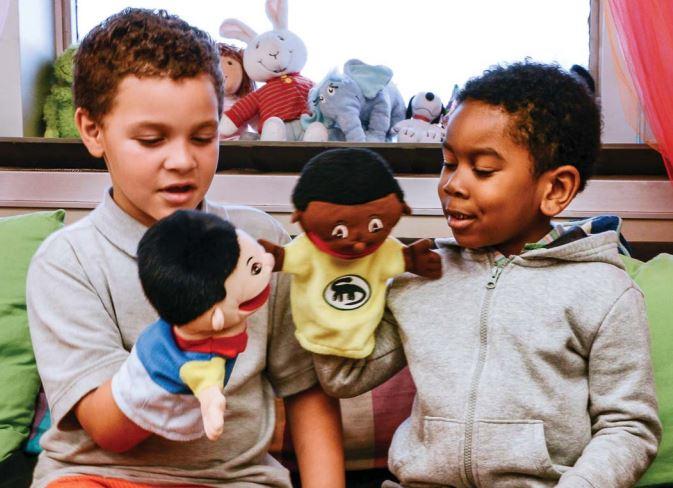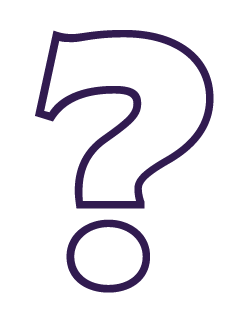70 14.1: How Biases Are Formed
|
|
Think About It… Preservation of one’s own culture does not require contempt or disrespect for other cultures. –Cesar Chavez What does this quote mean to you? How many times have you felt that you are on the defense with your culture, traditions , etc.? Why is it that you have experienced this? This chapter addresses how one’s own experiences create personal bias. It is important to note that everyone has personal biases. Being biased is often unconscious and occurs because of the messages we have been exposed to from a very young age. Working towards an awareness of those biases, affords us opportunities to reflect and not react when we are faced with our biases. It is often helpful to do this with someone we can be honest with and who can be honest with us. |
|---|
How Biases Are Formed
Let’s take a look at how we form our biases. It is natural to have biases. We react to the messages we receive in our environment. Those messages often lie beneath the surface in our unconscious which makes it difficult to address as often we are unaware of them. This is often referred to as “implicit bias”. They have an effect on how we make decisions in regards to our biases/stereotypes about race, class, sexual orientation, family structure, religion, etc.

Racialization
Race is often a source of discrimination and oppression in societies; as such, it can have a tremendous impact on childhood development. The United States is a very racialized society (divided by race), and children—especially children of color—often become aware of the dynamics of racism at a very young age. Children are taught the stereotypes that go along with their particular race(s), as well as the races of others, and these stereotypes can have a strong influence on their development. [203]
Stereotype Threat
Stereotypes and racialized expectations often contribute to stereotype threat (opens in a new window), in which a child experiences anxiety (opens in a new window) or concern in a situation that has the potential to confirm a negative stereotype about his or her social group. For example, if a Black child is given the message that Black people are not as “smart” as white people, she may worry if she is not doing well in school because it will, she fears, confirm the negative stereotype. Importantly, stereotype threat has been shown to be something of a self-fulfilling (opens in a new window) prophecy—not because the negative stereotype is accurate, but because fear of fulfilling that stereotype can lead to additional anxiety, which in turn can reduce performance. For example, stereotype threat can lower the intellectual performance of Black students taking the SAT, due to the stereotype that they are less intelligent than other groups, which may cause them to feel additional pressure and anxiety.
Intersecting Identities
Our social categories, such as gender, race, or social class affect each other. The concept of intersectionality means that we cannot look these categories in isolation. [204] For example, the experience of growing up as a Black girl in the United States cannot be understood only in terms of being Black or of being female; instead, the ways in which these identities interact and frequently reinforce each other must be examined.
Race is also closely linked to class, and people of color are still statistically much more likely to lack access to basic resources and experience economic hardship. These resources include everything from proper nutrition and healthcare to good education systems and neighborhood parks. All of these societal factors intersect and interact to influence a child’s development, so much so that a child from a middle-class white family has many more opportunities than a child from a lower-income family of color. [205]
Bias
|
|
Think About It… How do you define bias? Take a moment to critically think about what biases you can surface at this moment. Write them down and after you have read the entire chapter, take a moment to reflect and add to what you wrote. |
|---|
Implicit bias refers to the attitudes or stereotypes that affect our understanding, actions, and decisions in an unconscious manner. Key characteristics of implicit bias include:
- Implicit biases are pervasive. Everyone possesses them, even people with commitments to impartiality such as judges.
- Implicit and explicit biases are related but distinct mental constructs. They are not mutually exclusive and may even reinforce each other.
- The implicit associations we hold do not necessarily align with our declared beliefs or even reflect stances we would explicitly endorse.
- We generally tend to hold implicit biases that favor our own in-group, though research has shown that we can still hold implicit biases against our in-group.
- Implicit biases are malleable. Our brains are incredibly complex, and the implicit associations that we have formed can be gradually unlearned through a variety of debiasing techniques. [206]
Now that we know these key terms, how, in terms of brain development and natural humanistic functioning, does implicit bias start?


